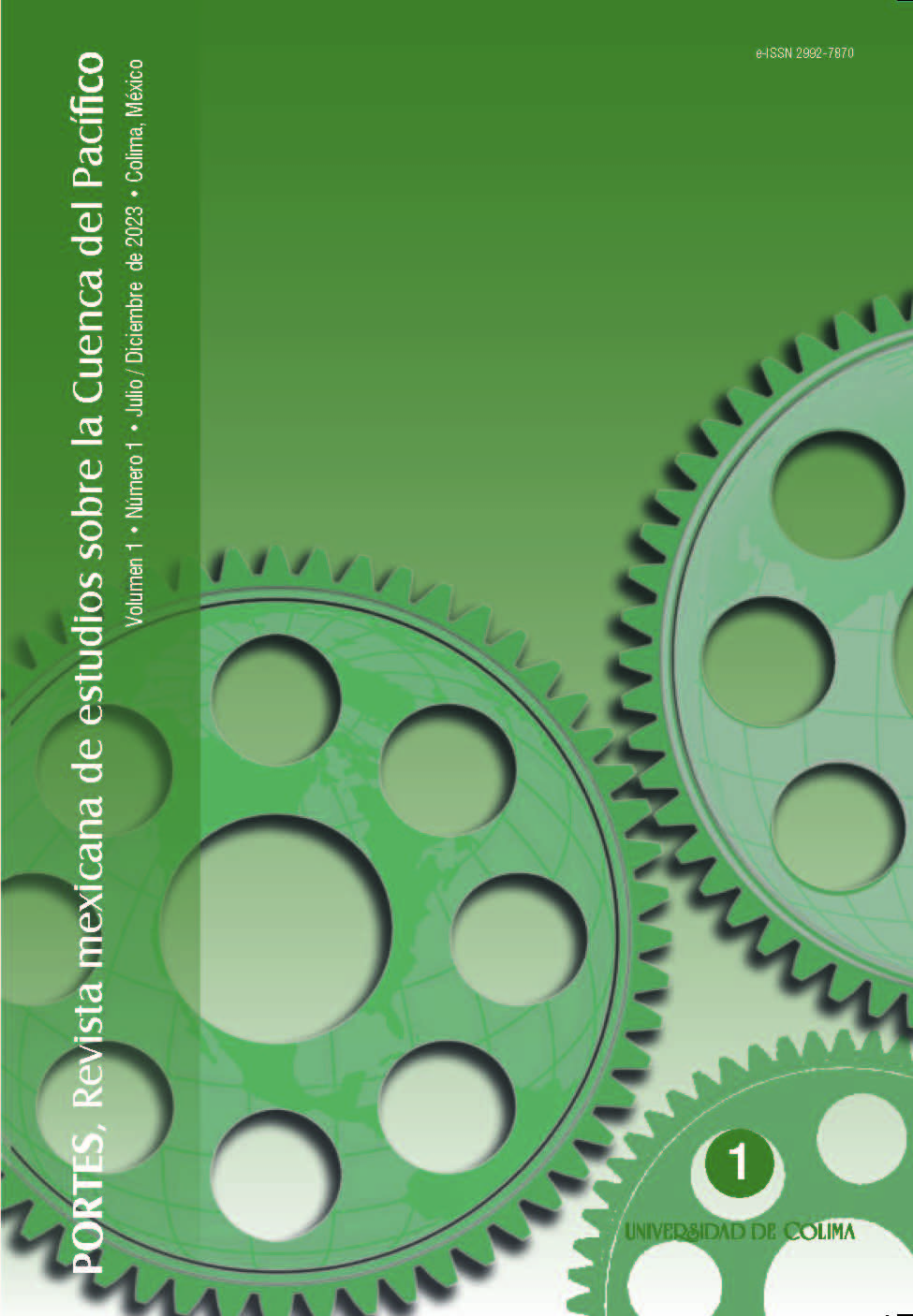The impact of demography changes in future China's economy
DOI:
https://doi.org/10.53897/RevPortes.2023.1.5Keywords:
China, Demographic Pressure, Aging Population, WorkforceAbstract
This essay explores how demographic change is influencing China's economic future and what it means for businesses operating within its borders. The undergoing demographic transition in China, implies pressure on labor supply for the industry over the coming decades. China's demographic landscape is transforming at a rapid pace, and it's essential to understand the key trends and perspectives driving this change. As population aged the workforce shrinks pressuring the policy planers to investigate other perspectives like technology adoption, which has been a major driver of economic growth in recent years and can be the answer for the future. With the rise of e-commerce platforms such as Alibaba and Tencent, Chinese consumers increasingly rely on digital services for everything from shopping to banking, this trend could reshape new Chinese mercantile realities that are both less labor intensive in the service sector and in manufacturing, allowing the entry of robotics in the distribution of goods.
Downloads
Metrics
References
Dollar, D., Yiping Huang, & Yao, Y. (2020). China 2049: economic challenges of a rising global power. Brookings Institution Press.
Dychtwald, Z. (2021, May 1). China's New Innovation Advantage. Harvard Business Review; Harvard Business Review. https://hbr.org/2021/05/chinas-new-innovation-advantage
Goodhart, C. A. E., & Pradhan, M. (2020). The great demographic reversal: ageing societies, waning inequality, and an inflation revival. Palgrave Macmillan. https://doi.org/10.1007/978-3-030-42657-6 DOI: https://doi.org/10.1007/978-3-030-42657-6
Jennifer Hickes Lundquist, Anderton, D. L., & Yaukey, D. (2014). De-mography. Waveland Press.
CSIS.org (2019). Is China Leading in Global Innovation? (2019). Www.csis.org. https://www.csis.org/analysis/china-leading-global-innovation
Li, H. (2015). The Chinese Model of Development and Its Impli-cations. World Journal of Social Science Research, 2(2), 128. https://doi.org/10.22158/wjssr.v2n2p128 DOI: https://doi.org/10.22158/wjssr.v2n2p128
Liu, F., Zheng, M., & Wang, M. (2020). Does air pollution aggravate income inequality in China? An empirical analysis based on the view of health. Journal of Cleaner Production, 271, 122469. https://doi.org/10.1016/j.jclepro.2020.122469 DOI: https://doi.org/10.1016/j.jclepro.2020.122469
Population Pyramids of the World from 1950 to 2100. (2010). Po-pulationPyramid.net. https://www.populationpyramid.net/china/2023/
Rowland, D. T. (2014). Demographic methods and concepts. Oxford University Press.
Schuman, M. (2023, February 24). Can a Million Chinese People Die and Nobody Know? The Atlantic. https://www.theatlan-tic.com/international/archive/2023/02/china-million-covid-deaths-communist-party/673177/
Statista. (2017). China: urban and rural population 2017 | Sta-tistic. Statista; Statista. https://www.statista.com/statisti-cs/278566/urban-and-rural-population-of-china/
Who Make Up China's Middle Class? We Asked 5 Simple Ques-tions. (2019, February 13). China Briefing News. https://www.china-briefing.com/news/chinas-middle-class-5-questions-answered/#:~:text=How%20fast%20is%20the%20middle
Downloads
Published
How to Cite
Issue
Section
License
Copyright (c) 2023 University of Colima

This work is licensed under a Creative Commons Attribution-NonCommercial-ShareAlike 4.0 International License.
La revista PORTES de la Universidad de Colima se distribuye bajo una Licencia Creative Commons Atribución-NoComercial-CompartirIgual 4.0 Internacional





